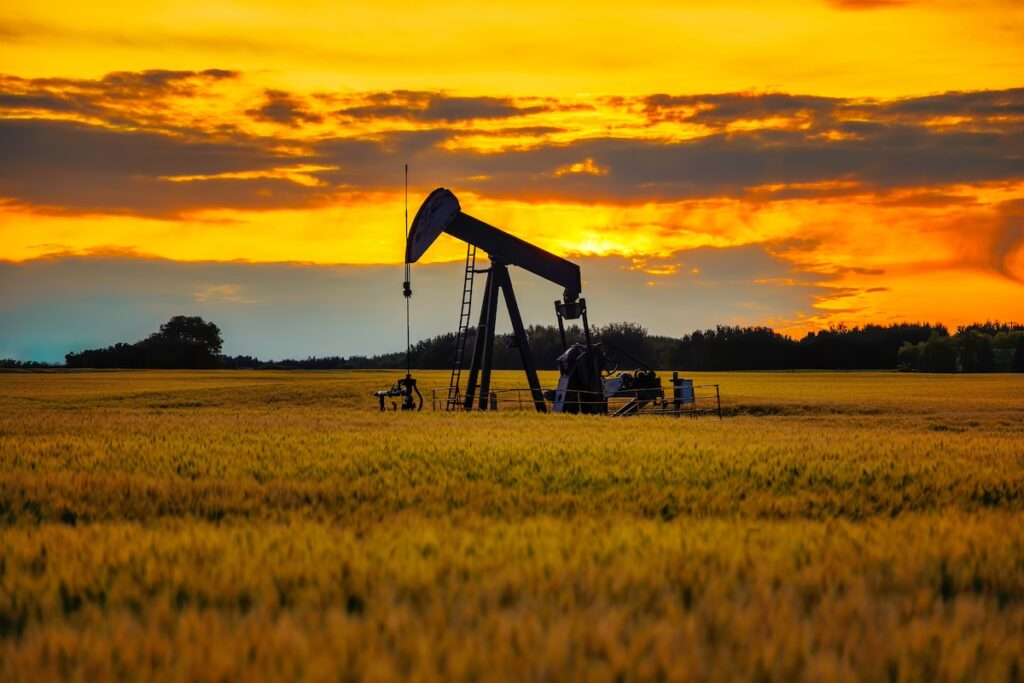An Open Letter to the Premier of Alberta
Globe and Mail
Published as Alberta’s potential Kyoto bonanza
Dear Mr. Klein:
I learned some of life’s most important lessons in the Canadian oil patch.
As a young man in the mid-1970s, I worked as a roughneck on oil rigs, as a labourer on turn-around crews in gas refineries, and as a welder’s helper on pipeline construction teams – from the Sikanni Chief River in northeastern BC to Vegreville in Alberta. In these jobs, I met some of the finest men and women I’ve ever known. Always resourceful, usually coarse, and often highly skilled, they were – without exception – unbelievably tough.
When the going got rough, and sometimes it got very rough, they didn’t whine – they got down to work. They took the measure of the challenges they faced, figured out what needed to be done, and did it. Often their responses involved great financial and even personal risk. But they were terrific entrepreneurs: they used the materials and tools they had at hand to solve their problems, often with astounding creativity.
These were the kind of people who built Alberta into the magnificent province it is today. But, listening to Alberta’s response to Kyoto, one has to wonder whether the province’s political and corporate leaders have lost their nerve. At a time when the Alberta’s future is clearly at stake, where are the vision, resourcefulness, and guts that built the province in the first place? Instead of seizing and shaping the future, Alberta’s leaders are focused on preserving the past; and instead of creating wonderful new opportunities for Alberta’s development and prosperity, they seem to think they can do no better than tenaciously hold on to gains already achieved.
Mr. Klein, Alberta can do far better. Your province can be a world leader in a suite of energy technologies that will dominate the planet by the middle of this century. In fact, it’s difficult to think of a region of the world that is more ideally situated to lead this major – and inevitable – technological transition.
Alberta’s prosperity is fundamentally tied to its wealth of fossil fuels – including oil, natural gas, tar sands, and coal. But as the most easily tapped reserves of oil and natural gas are exhausted, the province must increasingly exploit its tar sands and coal. Unfortunately for a world worried about greenhouse-gas emissions, this shift is not good news, because the production of useful energy from tar sands and coal generates vast amounts of carbon dioxide.
From Alberta’s point of view, the tar sands projects are, quite understandably, non-negotiable. But they immensely complicate our efforts to reduce Canada’s carbon dioxide emissions. There’s a way we can get out of this box, though: Alberta can become a world leader in two new technologies that are going to revolutionize humanity’s future energy production and consumption – underground carbon sequestration and hydrogen energy.
Sequestration involves pumping waste carbon dioxide into secure reservoirs deep in the ground – often exhausted oil or gas reservoirs – where it won’t leak back into the atmosphere. It’s possible to achieve two big gains here: first, you get rid of the C02 and, second, you use the carbon dioxide to force out of the ground materials you want, like more oil or natural gas. In fact, we’re already world leaders in this kind of “enhanced oil recovery”: the EnCana corporation is currently pumping 5000 tons of CO2 a day into the Weyburn field in Saskatchewan, a process that is expected to produce an additional 130 million barrels of oil and keep the field viable for another 25 years.
But it gets even better. Carbon dioxide can also be pumped into coal beds that are too deep in the ground to be directly mined; the CO2 then displaces methane that is naturally associated with the coal. Methane is, essentially, natural gas, and Alberta’s deep and unminable coal reserves contain literally decades-worth of North American natural gas consumption waiting to be tapped this way.
Where can Alberta get the huge quantities of CO2 needed? In large part from capturing the CO2 produced in converting tar sands into oil. And here’s where the story gets really intriguing, because converting tar sands into oil requires hydrogen – the raw bitumen extracted from the tar sands must be “hydrogenated” to get oil.
Alberta needs hydrogen, and hydrogen, it turns out, will also be the fuel of the future, for Alberta, for Canada, and for the world. Within 30 years, we’re going to be running our cars, many of our homes, and even – believe it or not – our watches and laptop computers on it (these devices will have hydrogen fuel cells embedded in them).
Today, the hydrogen Alberta needs is extracted from conventional natural gas. In the future, far more will be needed – not just for the tar sands, but also for industries, homes, and cars across the continent. This hydrogen could come from methane extracted from deep coal beds. It could also come from coal, which Alberta can mine in abundance: new coal-gasification plants can generate pure streams of both hydrogen and CO2, while simultaneously generating gigawatts of electric power.
So, Alberta has available a win-win-win technological solution to its challenge. It can sequester in the ground the carbon dioxide from its hydrocarbon industries, and in the process produce huge amounts of oil and natural gas. It can then use the natural gas to generate hydrogen for its tar sands projects and for sale to new hydrogen industries across North America. In addition, and here’s the really amazing part, under the Kyoto process, sequestering carbon dioxide can result in “carbon credits” that can be sold to industries and countries producing too much carbon dioxide. Eventually, the sale of carbon credits on the international market could be an immense source of wealth for Alberta.
All the basic technology to do this is available, but there are, inevitably, lots of technical details to be worked out. For instance, petroleum geologists need to understand better how carbon dioxide percolates through underground reservoirs, and the technologies for piping and storing hydrogen need to be improved. But the spoils will go to those who work out these details. History shows that great technological transitions generate extraordinary profits for the people, companies, and countries that lead the way.
This is not an endeavor for the fainthearted, but Alberta wasn’t built by the fainthearted. It was built by gutsy men and women who rose to the challenges they faced, wherever and whenever they faced them. Yes, Alberta and Canada confront an immense task if we’re to reduce our greenhouse-gas emissions. But it’s a challenge that presents us with a remarkable opportunity for profit and prosperity.
In the coming greenhouse age, we can be technological leaders or technological followers. It’s our, and your, choice.

Topics
Energy
Environmental Stress and Conflict
